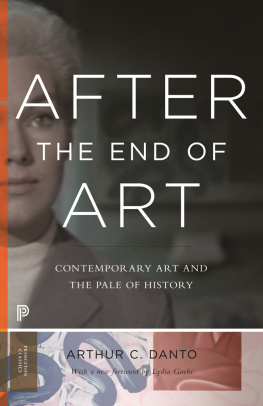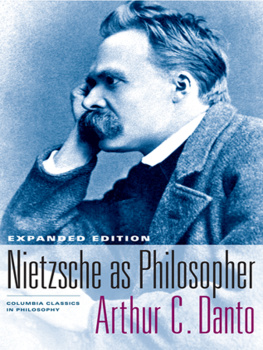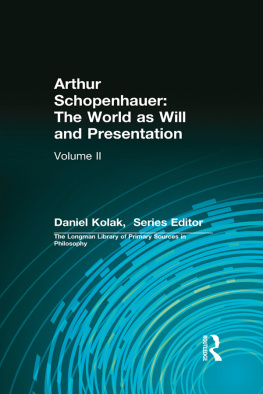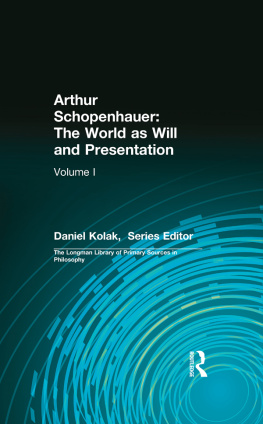Arthur C. Danto - After the End of Art
Here you can read online Arthur C. Danto - After the End of Art full text of the book (entire story) in english for free. Download pdf and epub, get meaning, cover and reviews about this ebook. year: 2021, publisher: Princeton University Press, genre: Science. Description of the work, (preface) as well as reviews are available. Best literature library LitArk.com created for fans of good reading and offers a wide selection of genres:
Romance novel
Science fiction
Adventure
Detective
Science
History
Home and family
Prose
Art
Politics
Computer
Non-fiction
Religion
Business
Children
Humor
Choose a favorite category and find really read worthwhile books. Enjoy immersion in the world of imagination, feel the emotions of the characters or learn something new for yourself, make an fascinating discovery.
- Book:After the End of Art
- Author:
- Publisher:Princeton University Press
- Genre:
- Year:2021
- Rating:4 / 5
- Favourites:Add to favourites
- Your mark:
- 80
- 1
- 2
- 3
- 4
- 5
After the End of Art: summary, description and annotation
We offer to read an annotation, description, summary or preface (depends on what the author of the book "After the End of Art" wrote himself). If you haven't found the necessary information about the book — write in the comments, we will try to find it.
After the End of Art — read online for free the complete book (whole text) full work
Below is the text of the book, divided by pages. System saving the place of the last page read, allows you to conveniently read the book "After the End of Art" online for free, without having to search again every time where you left off. Put a bookmark, and you can go to the page where you finished reading at any time.
Font size:
Interval:
Bookmark:

AFTER THE END OF ART
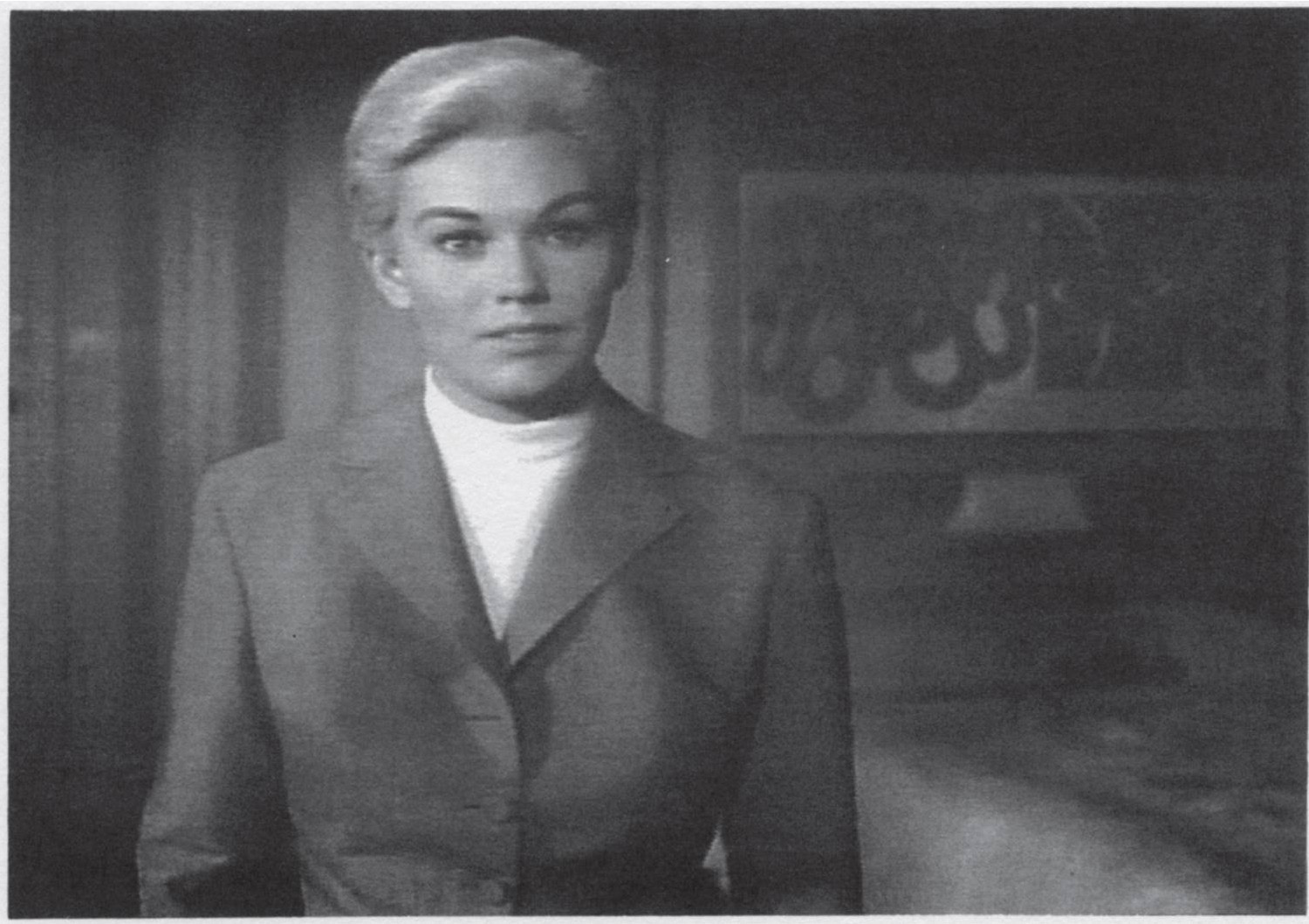
STILL FROM ALFRED HITCHCOCKS VERTIGO (1958), IN WHICH DAVID REED HAS INSERTED HIS PAINTING #328 (1990).
ARTHUR C. DANTO
AFTER THE END OF ART
CONTEMPORARY ART AND THE PALE OF HISTORY
WITH A NEW FOREWORD BY LYDIA GOEHR
THE A. W. MELLON LECTURES IN THE FINE ARTS, 1995
THE NATIONAL GALLERY OF ART, WASHINGTON, D.C.
BOLLINGEN SERIES XXXV . 44
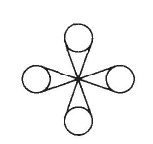
PRINCETON UNIVERSITY PRESS, PRINCETON AND OXFORD
Copyright 1997 by the Board of Trustees of the National Gallery of Art, Washington, D.C.
Text copyright 1997 by the Board of Trustees of the National Gallery of Art
and Arthur Danto
Published by Princeton University Press, 41 William Street, Princeton, New Jersey 08540
In the United Kingdom: Princeton University Press, 6 Oxford Street, Woodstock,
Oxfordshire OX20 1TW
This is the forty-fourth volume of the A. W Mellon Lectures in the Fine Arts,
which are delivered annually at the National Gallery of Art, Washington.
The volumes of lectures constitute Number xxxv in Bollingen Series,
sponsored by Bollingen Foundation.
All Rights Reserved
First Princeton Classics edition, with a new foreword, 2014
ISBN: 978-0-691-16389-5
eISBN 978-0-691-20930-2
Library of Congress Control Number: 2014943658
This book has been composed in Dante
Princeton University Press books are printed on acid-free paper and meet the guidelines
for permanence and durability of the Committee on Production Guidelines for
Book Longevity of the Council on Library Resources
press.princeton.edu
Printed in the United States of America
10 9 8 7 6 5 4 3 2 1
For ROBERT MANGOLD and SYLVIA PLIMACK MANGOLD
and for BARBARA WESTMAN
ILLUSTRATIONS
FOREWORD TO THE PRINCETON CLASSICS EDITION
Philosophy before the End of Art
A RTHUR COLEMAN DANTO was born January 1, 1924, in Detroit, Michigan, and died October 25, 2013, in Manhattan, New York. He spent much of his life as a professor of philosophy at Columbia University and, from 1984 on, as art critic for The Nation magazine. He wrote more than thirty books and more than a hundred articles and art-critical pieces. When he started out in the postwar period, he wrote on the analytical philosophies of action, mind, knowledge, and history; on Nietzsche and Sartre; and, drawn into Eastern currents, he dipped his pen into a philosophy of Zen as he heard it espoused by Dr. D. T. Suzuki in lessons offered at Columbia University. A voracious reader, he explored German and French idealism, phenomenology, and existentialism as much as Anglo-American positivism. However, he never relinquished engaging analytical philosophy as his way to explore how far philosophy can take one before it oversteps its limits. After the End of Art describes an end to which art came in virtue of a philosophical passage, after which it freed itself from philosophy's grip, so that, from that moment forward, it would call not for philosophical justification but for criticism. That Danto became an art critic was a response, woven through a philosophical narrative, to what the times demanded of him. But the turn also perfectly suited his talent as a writer.
Early on as a professional philosopher, he wrote in a rather dry style, a decision, he notes in this book, that was somewhat forced upon him (and others) by the need to get tenure in the philosophy department of an American university. Nevertheless, even then, one could see his need to become an essayist. Through the essay, he showed his sparkle and wit, his enormous capability to describe, and his impressive knowledge of contemporary art. Walking through museums and galleries was how he came to understand how artworks could serve as more than examples supporting readymade philosophical theories. He became an essayist who could think like a philosopher through the different mediums and challenges of art. His contribution to how we think about art in philosophical terms and beyond those terms was enormous.
Before he became a professor of philosophy, he was a maker of woodcuts. Toward the end of his life, his prints were collected and exhibited much to his pleasure and pride. Having given up the life of an artist, he did not turn straightaway to the philosophy of art, but somewhat bracketed this interest until he was asked, rather by accident, to give a lecture on art at the American Philosophical Association in place of someone else. When the lecture was published in 1964 in the Journal of Philosophy, it was titled The Artworld, a phrase and idea for which he became famous. To see something as art, he argued, does not rely on what is given to the merely seeing eye, but requires a world or atmosphere of artistic theory, a knowledge of the history of art. He built his Artworld first off from what he was witnessing around him in the city where he lived, but when he gave it its philosophical sense, its dependence on knowledge more than on the merely seeing eye, he drew parallels to all the other areas of analytical philosophy that he had already pursued. Through these parallels, he came to see that the basic metaphysical question about identitythe what is X questioncould only be answered by taking seriously the experience of indiscernibility: that two quite different kinds of things can sometimes look exactly the same. Let me explain.
Influenced by Descartes and Leibniz, he argued that the identity of things cannot be reduced to how things appear. Since different things can look alike in virtue of the base or commonplace material from which they are made, their identity cannot be reduced to their material constitution. Wherever he looked in the world, he found things that are meaningful as products of human making or culture that nevertheless sometimes look like mere, basic, or commonplace things bearing either the most minimal properties of human significance or no such properties at all. What gives things their identity or essence, he claimed, is the transfigurative engagement of the human mind, the existence of those things in forms of life that are saturated by the presence of human spirit, atmosphere, and intellect. He asked us to consider, first, what is shared between a narrative historical sentence and a mere description of an event; a dream and a wakeful experience; an authentic and inauthentic action; an original wife and a machine-made duplicate; the blood of Christ and a glass of red wine; a wink of a desiring eye and an uncontrolled blink; a revolutionary salute and an unwilled movement of the arm; or a piece of music and a string of mere noises. Once you have accounted for all that causes each of these pairings to be indiscernible, then ask yourself wherein their differences lie and you will be drawn into worlds of love, personhood, history, politics, morality, religion, and art.
In the late 1960s, Danto achieved considerable renown in the philosophy of history for his systematic determination of what he called narrative sentences. He explored the logic of reference and description to explain how historical statements or narratives could assume a significance that was neither inflated to the German heights of a teleological world-history nor yet reduced to a merely empirical chronicle of events. At the core of his theory lay the observation that a given event that occurred in a certain year might be noticed but not understood fully, or marked as a piece of history, until some later event occurred. Given the later event, the first event could be brought under a description or interpretation to which it could not have always or earlier submitted. To repeat Danto's favorite example: one could not have known or said that the year 1618 marked the beginning of the Thirty Years' War until 1648, when the war had come to its end. The Thirty Years' War picked out something that was more than merely factual, an event in a mere chronicle of events. It became, through the interpretation of events, loaded with human significance and, with this, it became historical.
Font size:
Interval:
Bookmark:
Similar books «After the End of Art»
Look at similar books to After the End of Art. We have selected literature similar in name and meaning in the hope of providing readers with more options to find new, interesting, not yet read works.
Discussion, reviews of the book After the End of Art and just readers' own opinions. Leave your comments, write what you think about the work, its meaning or the main characters. Specify what exactly you liked and what you didn't like, and why you think so.

